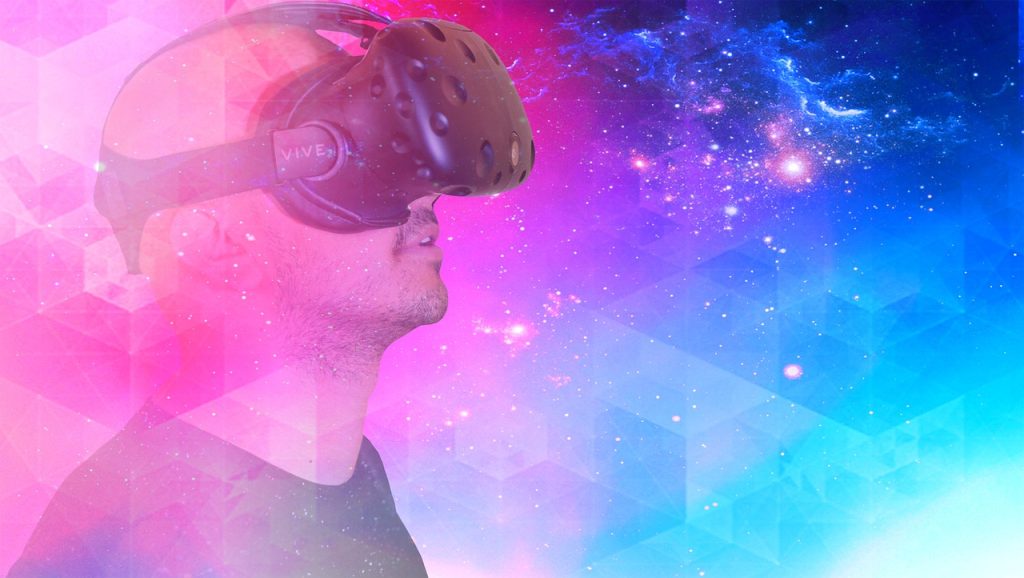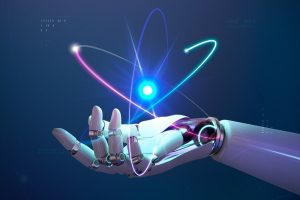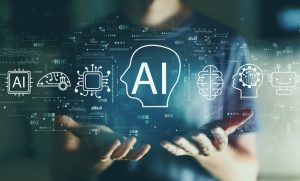What Exactly Is Artificial Intelligence (AI)?

To several, AI is simply a bad Steven Spielberg film. Others refer to it as the upcoming era of having to learn computers. However what exactly is artificial intelligence? The answer varies depending on whom you consult. In general, artificial intelligence (AI) seems to be the application of computer science research and large datasets to address a problem.
Many meanings of artificial intelligence also include a sort of link to the living person’s mental faculties, whether it be in shape or feature. Alan Turing proposed “thinking machines” in 1950, which might react to an issue using user-like reasoning. His Turing test is now used as a standard for language processing. Stuart Russell and John Norvig noticed that people are intelligent, though not always reasonable. Norvig and Russell identified two types of AI.
AI should not have to limit itself more to biologically noticeable methods.’
Many AIs use “neural nets,” which are pieces of code written to mimic the structure of nerve cells or the central nervous system. Not all intellectual ability, even so, is sentient. It’s also not always a good idea to mimic the neurobiological processing of information. It’s why technicians limit the scope of the brain allegory. It’s mostly about how stupendously comparing the brain is or how it handles dispersed memory. Artificial intelligence, as described by John McCarthy in the year 2004, is “the engineering and science of creating intelligent machines, particularly intelligent system software.” It is similar to the similar project of just using machines to learn human intellect, and yet AI does not even have to limit itself more to methodologies that are currently available.
What Constitutes an AI?
Conceptually: Being an AI, users need three basic parts in aspects of its structured way. Initially, there was the major decision, which would be typically characterized by a formula, a prototype, or simply a few codes. AIs frequently identify groups or transitions. To do so, the AI has to be able to recognize the system of information. Second, there was an opposite process, that also allows the AI to double-check its job. Third, if somehow the AI is to learn these lessons, it has to be able to optimize its prototype. Numerous neural nets accomplish this by the use of a graded organization –, whereby each base station has a significance and a connection to its internet backbone neighbors. Values shift over time; stronger relationships have a greater impact.




